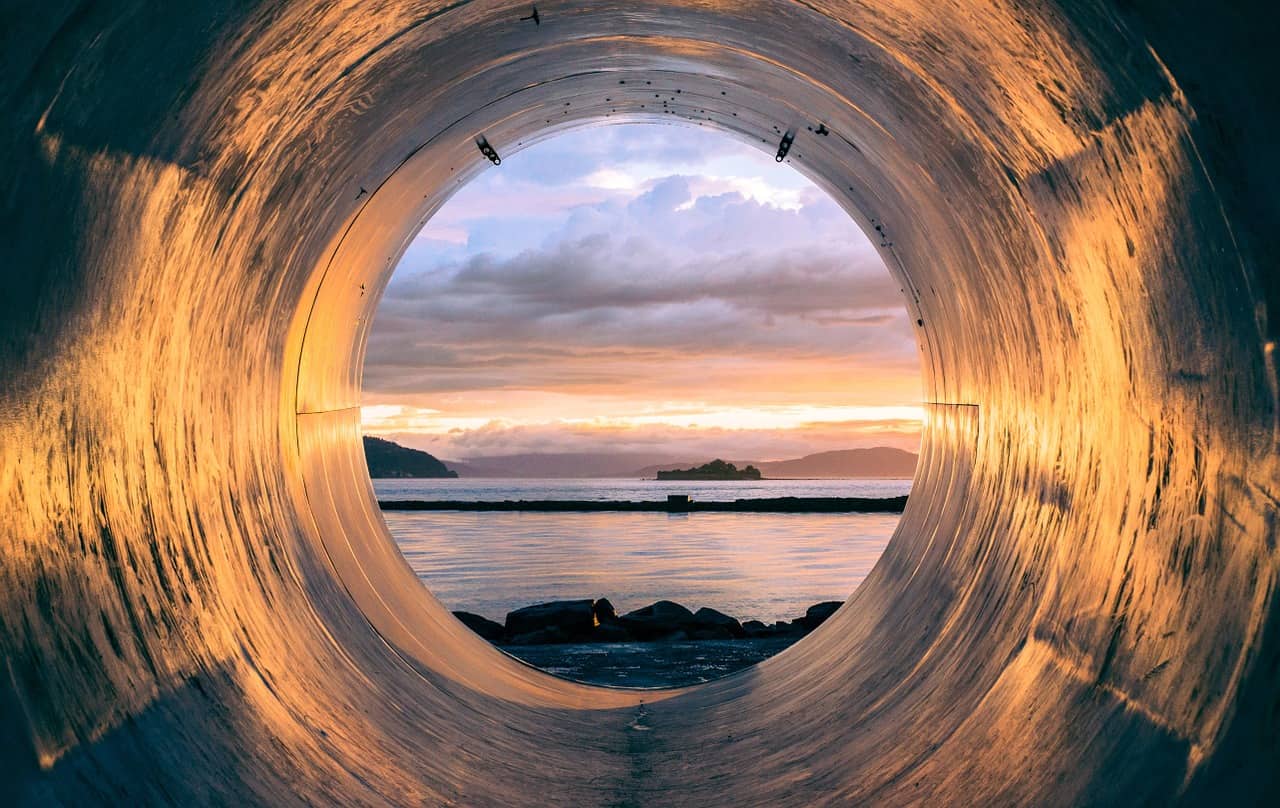For much of my career I have been involved in pipe stress analysis in some way, starting with Pipeplus by Algor, moving on to Triflex and then to CAESAR II. After I had a few years of part-time stressing under my belt, I landed a pipe stress role on a three-platform greenfields project in the Timor Sea. That was a real learning experience, not only technically, being one of the first production facilities designed to withstand blast, but also in the characters that I met. Within just the stress team itself we had a father-son stress duo, an older guy who understood pipes but not Windows (RIP), another gentleman who had worked on Concorde (also RIP), an ex-naval officer and another fellow who thought I was checking his calcs behind his back.
Coming from a slightly more varied background, I was amazed at first that there were engineers who spent almost their entire careers in pipe stress analysis. Being fairly impressionable and young, I absorbed a lot of ideas about the way things were done, the rules of the game and the lifestyle of a nomadic pipe stress contractor. Before long I started to identify myself as a Pipe Stress engineer, and subsequently had the pleasure of working with many good engineers on projects big and small, at home and overseas.
Along the way I had exposure to more generalised piping and mechanical engineering, but remained a stressie at heart. I never spent much time concerning myself with pressure containment, after all how hard can it be – it’s more or less , right ? Well, having spent significant time assessing Fitness for Service of deteriorated piping and equipment in the last few years, I no longer take this area so lightly.
Pressure containment thickness
The basic hoop stress equation is OK when you have uniform thickness and simple component design. However when you have a defect in an operating system, you need to focus on the component – how it is loaded, how it resists the loading and whether the defect affects that resistance. This leads to more questions, such as – What is the expected mode of failure ? How should it be assessed ? Should I use elastic analysis or more advanced methods ? Other questions which might arise include – What is the ductile transition temperature ? How thick must a tee fitting be ? Is the Area Replacement method the best way to assess an intersection ? What is a Folias Factor?
I have now realised that my pipe stress background provides an excellent complement to this area. So it’s no longer a case of (at a simplistic level) ‘I’ll worry about the Axial / Bending Stress if you take care of the Hoop Stress please Mr Piping Engineer!’. It’s necessary to take an overview and consider both pressure and external loads. These things and more are part of the domain of Fitness for Service. I am now proud to call myself a ‘Hoop Stress Engineer’ ! But really there’s no need for such narrow categorisation, its all part of the broader picture of being a well-rounded stress engineer.
Martin helps clients keep on top of their pressure piping and equipment integrity issues via stress analysis, FEA and fitness for service. He is the author of various articles, an ASME paper and software including the Salad post-processor for CAESAR II and web apps on this site. In a former life he played whizzbang lead guitar, but now he just plays old albums..

